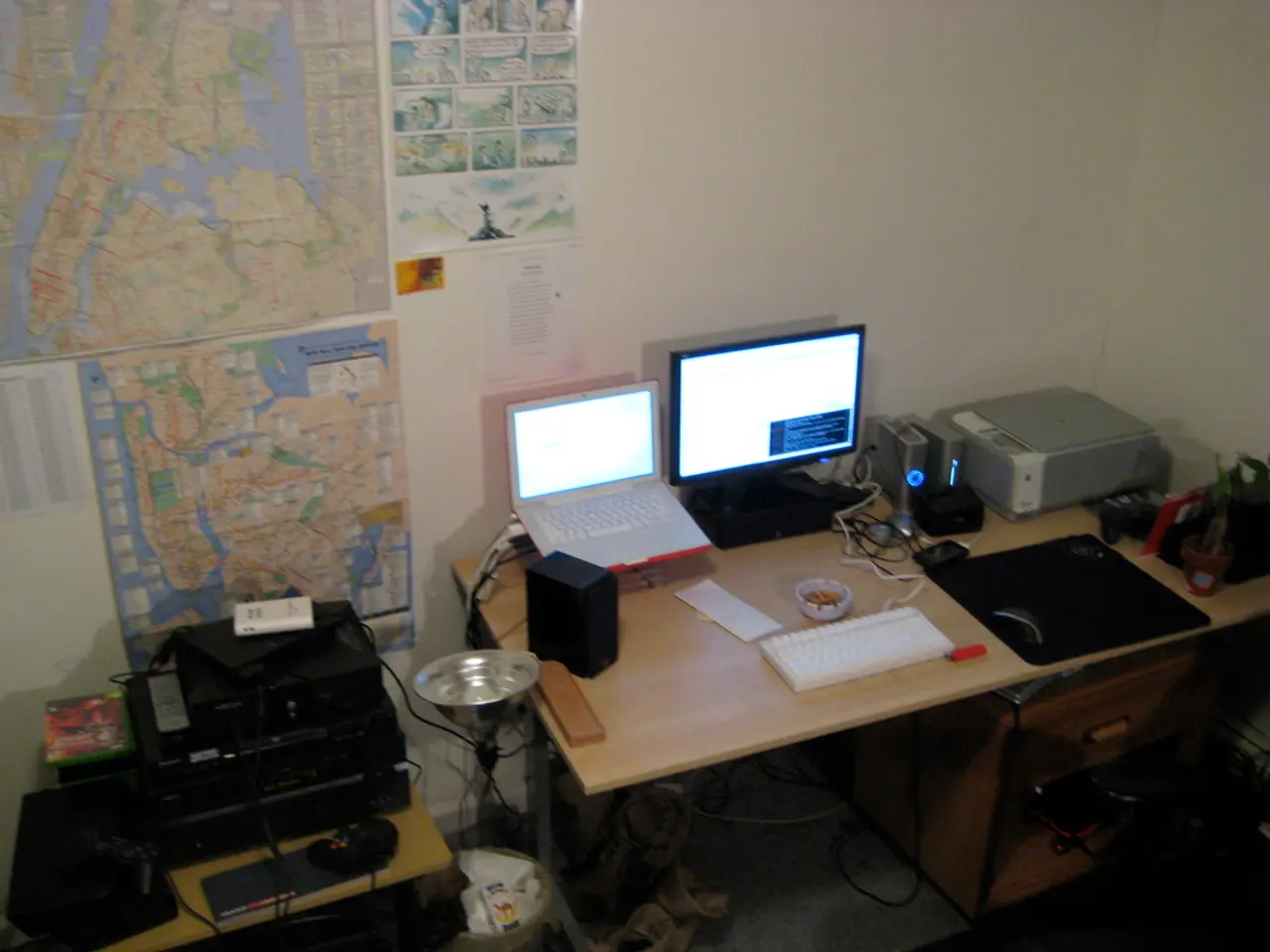Dual Functionality: OLED Display Capable of Producing Pixel-Based Audio
In a groundbreaking development, researchers at POSTECH in South Korea have unveiled the world's first pixel-based, local sound OLED display. This innovative technology, known as PLSOLED (Pixel-based Local Sound OLED), addresses long-standing challenges in integrating sound capabilities directly into OLED panels.
The heart of the PLSOLED technology lies in its ability to enable each OLED pixel to act as an individual sound emitter. This allows for very localized and spatially precise audio output that aligns with the visual content on the screen, overcoming the problem of sound being emitted from a different location than the image.
One of the key advantages of this technology is that it maintains high display quality while adding sound. The PLSOLED combines visual and auditory signals at a very fine pixel level, supporting high-definition displays with sound. Moreover, POSTECH demonstrated this technology on typical OLED display sizes such as 13-inch laptop or tablet screens, indicating that their solution can be embedded into consumer devices without bulky external speakers.
To achieve this, the team addressed the integration challenges by embedding ultra-thin piezoelectric exciters within the OLED display frame. These exciters are responsible for sound emission, ensuring that each pixel produces distinct sound. The experimental design standardized in a 3x3 array configuration.
Frames effectively confined surface vibrations to designated areas, preventing propagation to adjacent regions. Frames with a large acoustic impedance contrast to the diaphragm material demonstrated superior performance in vibration confinement and overall speaker performance. Increasing frame height and width, along with using materials with different acoustic impedance for the diaphragm, significantly improved frequency response uniformity and reduced Total Harmonic Distortion (THD).
The researchers also developed a method to eliminate sound crosstalk in the display. The POSTECH team published their findings in detail in the paper "Localized Sound-Integrated Display Speaker Using Crosstalk-Free Piezoelectric Vibration Array" published in Advanced Science. The paper discusses the concept, theoretical analysis, modeling, fabrication of units, experimental setup, test results, and more.
The findings suggest that frame-based designs can substantially improve sound quality and durability in piezoelectric panel speakers and automotive applications. This development is particularly suited for dashboard-integrated OLED speakers and multi-zone in-car sound systems, where spatially optimized audio is essential.
In conclusion, POSTECH's Local Sound OLED overcomes integration challenges by enabling each OLED pixel to emit sound individually, thus tightly integrating visual and auditory outputs in a single panel without sacrificing display quality or requiring separate speaker components. This paves the way for immersive multimedia devices with sleek, minimalist designs.
Technology advancements in the field of science, specifically in display technology, have taken a significant leap with the introduction of PLSOLED (Pixel-based Local Sound OLED) by the researchers at POSTECH. This revolutionary technology allows for each OLED pixel to act as an individual sound emitter, integrating sound capabilities directly into OLED panels in a way that aligns visual and auditory outputs on a fine pixel level.




